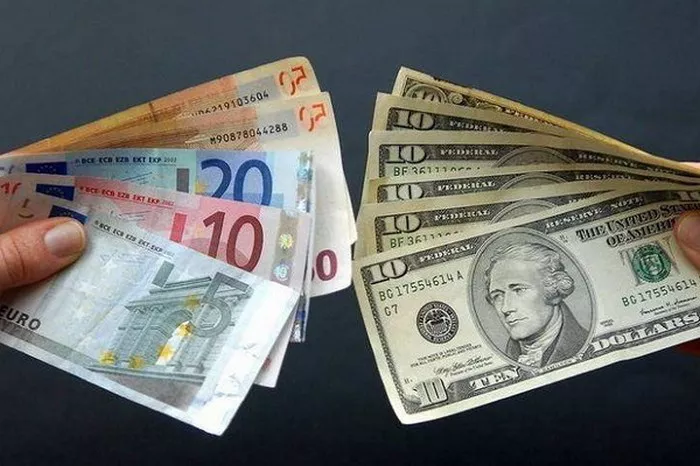The Australian one dollar coin, a commonly used denomination in everyday transactions, has intrigued many regarding its composition and intrinsic value. While the coin’s face value is just one dollar, it is essential to understand the materials used in its production, especially when its composition includes a significant amount of gold. In this article, we will delve into the history and composition of the Australian one dollar coin, explore the gold content, and examine its numismatic and investment value.
A Brief History
The Australian one dollar coin has a rich history, with its first issue dating back to 1984. It was introduced to replace the one dollar banknote and aimed to reduce the need for paper currency. The coin’s size and weight have seen changes over the years, with the most notable alteration occurring in 1995. Before 1995, the coin was composed of 92% copper, 6% aluminum, and 2% nickel. In 1995, Australia introduced a smaller, lighter one dollar coin with a distinctive composition.
Composition of the Australian One Dollar Coin
The Australian one dollar coin, also known as the “Mob of Roos” coin due to the kangaroo design on the reverse, is unique among the world’s currencies. Since 1995, it has been composed of an unusual combination of metals, which includes aluminum-bronze. This composition, consisting of 92% copper, 6% aluminum, and 2% nickel, has remained consistent since its introduction. However, there is an interesting twist when it comes to the gold content.
Hidden Gold Content
The Australian one dollar coin, while primarily composed of copper, aluminum, and nickel, contains a minuscule amount of gold. The gold component is not immediately apparent, as it is used in an electroplating process that coats the coin’s outer layer. The plating is incredibly thin, measuring just 0.005 millimeters thick, and is used to enhance the coin’s durability and resistance to wear and corrosion.
The gold plating gives the coin its distinctive golden appearance and adds a touch of elegance to its design. While the amount of gold used in each coin is negligible, it contributes to the coin’s overall aesthetic and sets it apart from other denominations.
Gold Plating Process
The gold plating process used for the Australian one dollar coin is electroplating. This method involves submerging the coins in an electrolyte solution and passing an electric current through them. The gold ions in the solution are attracted to the surface of the coin, forming a thin layer of gold on top of the base metal.
The gold plating not only enhances the coin’s visual appeal but also provides additional protection against corrosion and tarnishing. This means that even after years of circulation, the gold-plated Australian one dollar coins maintain their bright, shiny appearance.
Gold Content Calculation
Calculating the exact amount of gold in an Australian one dollar coin is a challenging task due to the ultra-thin layer of gold used in the electroplating process. However, with some basic knowledge and calculations, it’s possible to estimate the gold content in each coin.
The gold plating on the Australian one dollar coin is typically 99.9% pure gold. The thickness of the gold layer is approximately 0.005 millimeters or 5 microns. Given these values, we can estimate the gold content as follows:
Calculate the surface area of the coin: The Australian one dollar coin has a diameter of 25 millimeters. Using the formula for the area of a circle (A = πr^2), the surface area of the coin is approximately 490.9 square millimeters.
Convert the gold layer thickness: To calculate the volume of the gold layer, we need to convert the thickness from millimeters to cubic millimeters. This can be done by multiplying the thickness (0.005 mm) by the surface area (490.9 mm²), resulting in a volume of 2.45 cubic millimeters.
Calculate the gold content: Given that the gold plating is 99.9% pure gold, we can calculate the actual gold content as a percentage of the volume. This means the gold content in one coin is approximately 2.45 cubic millimeters x 99.9%, which equals 2.448 cubic millimeters of pure gold.
The gold content in each coin, though minimal, can be considered a unique feature, particularly for collectors and investors interested in precious metals.
Numismatic and Investment Value
The Australian one dollar coin, despite its low face value, has garnered the interest of collectors and investors for various reasons. Here are some aspects to consider:
Numismatic Value: Collectors often seek out the Australian one dollar coin for its distinctive design, the Mob of Roos. The coin’s unique combination of metals and gold plating, along with its limited mintage, can make it a valuable addition to a numismatic collection.
Investment Potential: While the gold content in each coin is tiny,the fact that it contains genuine gold can be appealing to precious metal investors. In times of economic uncertainty, gold is often seen as a safe-haven asset, and these coins offer a unique way to own a small amount of gold.
Collectible Series: The Royal Australian Mint has issued different versions of the one dollar coin over the years, including special releases, commemorative designs, and minting errors. Collectors often hunt for these variations, making the one dollar coin an exciting series to explore.
Conclusion
The Australian one dollar coin, with its distinctive composition and hidden gold content, has intrigued many. While it may not contain a significant amount of gold, its unique characteristics, such as the Mob of Roos design and the gold plating, make it a fascinating addition to numismatic collections and a modest entry point for precious metal investors.
For those who appreciate the artistry and history of coins, the Australian one dollar coin offers a valuable piece of Australia’s numismatic heritage. Its blend of base metals and gold plating adds an intriguing layer to the story of this commonly used denomination, making it a topic of interest for both collectors and investors alike.


